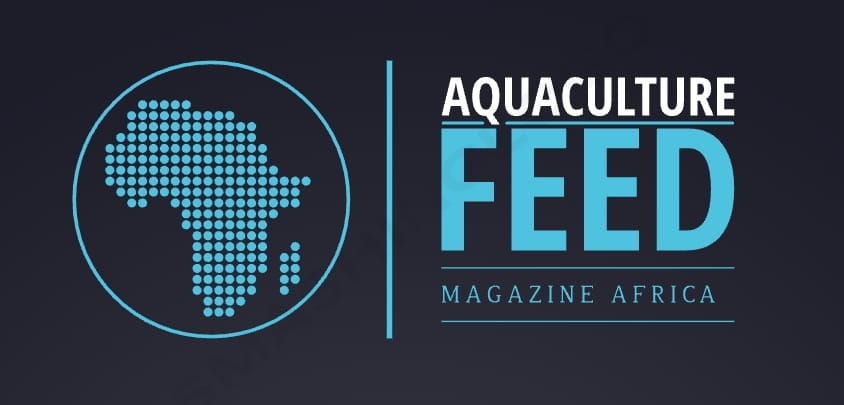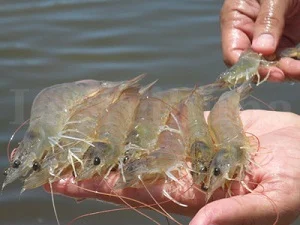USING CLICKS TO OPTIMIZE SHRIMP FEEDING FROM POSTLARVAE
Shrimp farmers understand the importance of providing the right amount of food at the right time. But with traditional methods, it can be challenging to control feeding activity and ensure optimal growth.
But how do shrimp breeders know when their tiny larvae are hungry? Believe it or not, shrimp communicate through clicks generated by their jaws during feeding. Nowadays, there are several methods available for monitoring shrimp feeding behavior.
Clicks, also known as shrimp snaps (small sounds produced by their jaws during feeding), are the key to revolutionizing shrimp feeding practices.
A team of researchers from the Universidade Federal Rural de Pernambuco (UFRPE) evaluated the acoustic parameters of clicks during feeding activity of Penaeus vannamei postlarvae up to 12 g in laboratory conditions.
The “science” of shrimp clicks
It all began with a puzzling observation: a sound emanating from shrimp ponds. Early studies linked this sound to shrimp feeding activity, suggesting it could be used to estimate shrimp populations. Further research identified the origin of the clicks: the jaws, which clash when shrimp eat. This paved the way for new and exciting applications.
By analyzing these clicks (frequency, power, duration), scientists can use a technology called Passive Acoustic Monitoring (PAM) to develop acoustic feeders. These feeders “listen” to the clicks and adjust feeding according to shrimp size and feeding activity. The results are impressive: increased productivity, better growth performance, and higher profits for shrimp farmers compared to traditional methods.
The study also revealed a fascinating connection: the size of a shrimp’s jaws directly influences the clicks it produces. This means that by analyzing clicks, we can potentially estimate the size and developmental stage of the shrimp!
Optimizing food delivery: the future lies in clicks
This research paves the way for a new era in shrimp aquaculture. By understanding shrimp clicks, we can develop acoustic-based automatic feeders. These feeders could “listen” to the clicks and adjust food delivery based on shrimp size and feeding activity, ensuring they receive the optimal amount of food throughout their growth cycle.
Conclusion
While this study is a significant step forward, there is more to explore. Future research could investigate how factors such as water quality and feed type affect click characteristics. Additionally, refining click analysis techniques could lead to even more precise feeder adjustments.
Overall, shrimp clicks are no longer just a peculiar sound. They are a valuable tool for shrimp producers, as they have the potential to optimize feeding practices, improve shrimp health, and ultimately increase aquaculture productivity.
Source : Hamilton, S., De Moura, G. J. B., Filho, F. C., Craveiro, C., Castro-Neto, H., Almeida, M., Duarte-Neto, P. J., Soares, R., & Peixoto, S. (2024). Size matters: Variability in the acoustic parameters during feeding activity of Penaeus vannamei in different size classes. Aquaculture, 587, 740843. https://doi.org/10.1016/j.aquaculture.2024.740843

